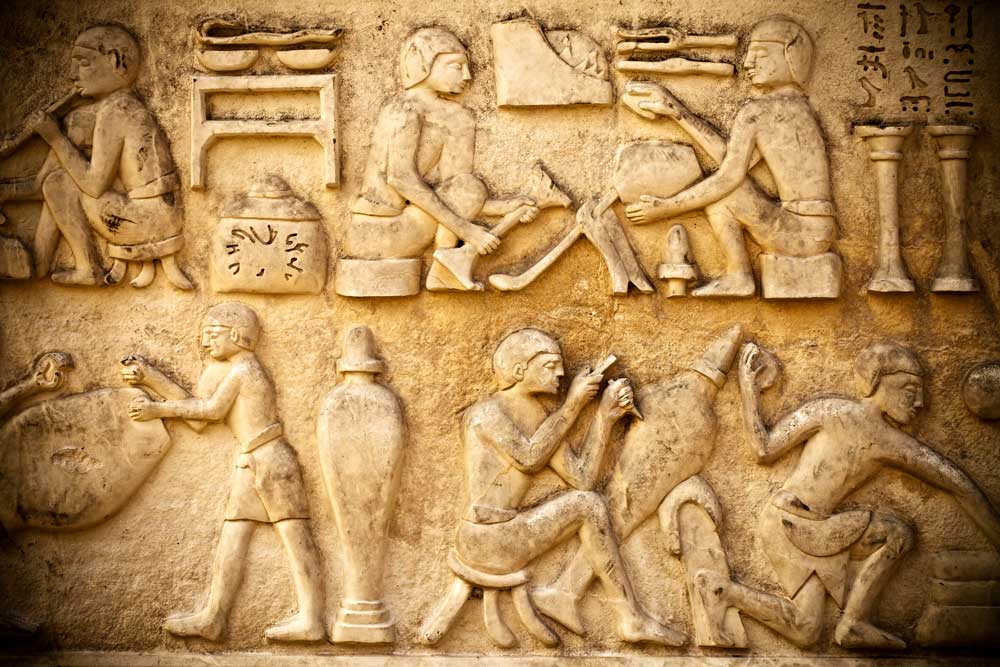Introduction
Battlefield archaeology, a specialised sub-discipline of archaeology, focuses on the study of conflict sites to uncover material evidence of past wars and military engagements. This field has increasingly adopted forensic methods, traditionally used in criminal investigations, to enhance the precision and depth of analysis at sites of historical conflict. This essay explores the application of forensic techniques in battlefield archaeology, examining their contributions to identifying human remains, reconstructing events, and addressing ethical considerations. By integrating scientific rigour with archaeological inquiry, these methods offer valuable insights into the human cost of war, though they also present limitations and challenges that warrant discussion. The following sections will consider key forensic approaches, their practical applications, and their broader implications for the discipline.
Forensic Techniques in Battlefield Archaeology
Forensic methods in battlefield archaeology encompass a range of scientific techniques borrowed from criminal forensics, such as osteological analysis, DNA profiling, and ballistic studies. Osteological analysis, for instance, is instrumental in examining skeletal remains to determine age, sex, and cause of death. At sites like Towton in the UK, associated with the 1461 Battle of Towton during the Wars of the Roses, forensic osteology revealed evidence of violent trauma, including blade wounds and blunt force injuries, providing direct insight into medieval combat (Fiorato et al., 2000). Such findings not only corroborate historical accounts but also humanise the individuals involved, transforming abstract casualty figures into tangible evidence of personal suffering.
DNA analysis, though less commonly applied due to cost and preservation issues, offers potential for identifying individuals or establishing familial connections. While its use in battlefield archaeology is still developing, projects such as those on World War I and II sites have begun exploring genetic profiling to trace soldiers’ identities, especially in cases where traditional identification methods fail (Loe et al., 2014). However, the degradation of genetic material over time often limits the reliability of this method, highlighting a key constraint in its application.
Reconstructing Events through Forensic Evidence
Beyond individual identification, forensic methods assist in reconstructing the sequence of events on battlefields. Ballistic analysis, for example, examines projectiles and weapon damage to map combat dynamics. Research at the Little Bighorn Battlefield in the United States demonstrated how spent cartridges and bullet trajectories could indicate troop movements and firing positions during the 1876 conflict (Scott et al., 1989). In a UK context, similar techniques have been applied to Civil War sites, such as Naseby (1645), where musket balls and cannon fragments helped archaeologists infer tactical decisions (Foard, 1995). These approaches provide a granular understanding of military engagements, though interpreting such evidence requires cautious correlation with historical records to avoid over-simplification.
Ethical and Practical Challenges
Despite their benefits, forensic methods raise ethical concerns, particularly regarding the treatment of human remains. Battlefield sites often serve as memorials, and disturbance through excavation can be perceived as disrespectful. Moreover, the application of forensic techniques is resource-intensive, often limiting their use to well-funded projects. Indeed, smaller sites or those in less accessible regions may be overlooked, creating disparities in research focus. Additionally, while forensic tools enhance precision, they are not infallible; environmental factors and incomplete data can skew interpretations, necessitating a critical approach to findings.
Conclusion
In summary, forensic methods have significantly enriched battlefield archaeology by offering detailed insights into identities, events, and the human toll of conflict. Techniques such as osteological and ballistic analyses provide tangible links to the past, as seen in studies of sites like Towton and Naseby. However, their limitations—ranging from ethical dilemmas to practical constraints—underscore the need for a balanced and critical application. Ultimately, the integration of forensic science into battlefield archaeology not only enhances methodological rigour but also deepens our understanding of history’s violent chapters, encouraging a more empathetic engagement with the past. As the discipline evolves, addressing these challenges will be crucial to ensuring that such methods are applied responsibly and inclusively.
References
- Fiorato, V., Boylston, A., and Knüsel, C. (2000) Blood Red Roses: The Archaeology of a Mass Grave from the Battle of Towton AD 1461. Oxbow Books.
- Foard, G. (1995) Naseby: The Decisive Campaign. Pen & Sword Military.
- Loe, L., Barker, C., Brady, K., Cox, M., and Webb, H. (2014) ‘Remember Me to All’: The Archaeological Recovery and Identification of Soldiers Who Fought and Died in the Battle of Fromelles, 1916. Oxford Archaeology.
- Scott, D.D., Fox, R.A., Connor, M.A., and Harmon, D. (1989) Archaeological Perspectives on the Battle of the Little Bighorn. University of Oklahoma Press.


